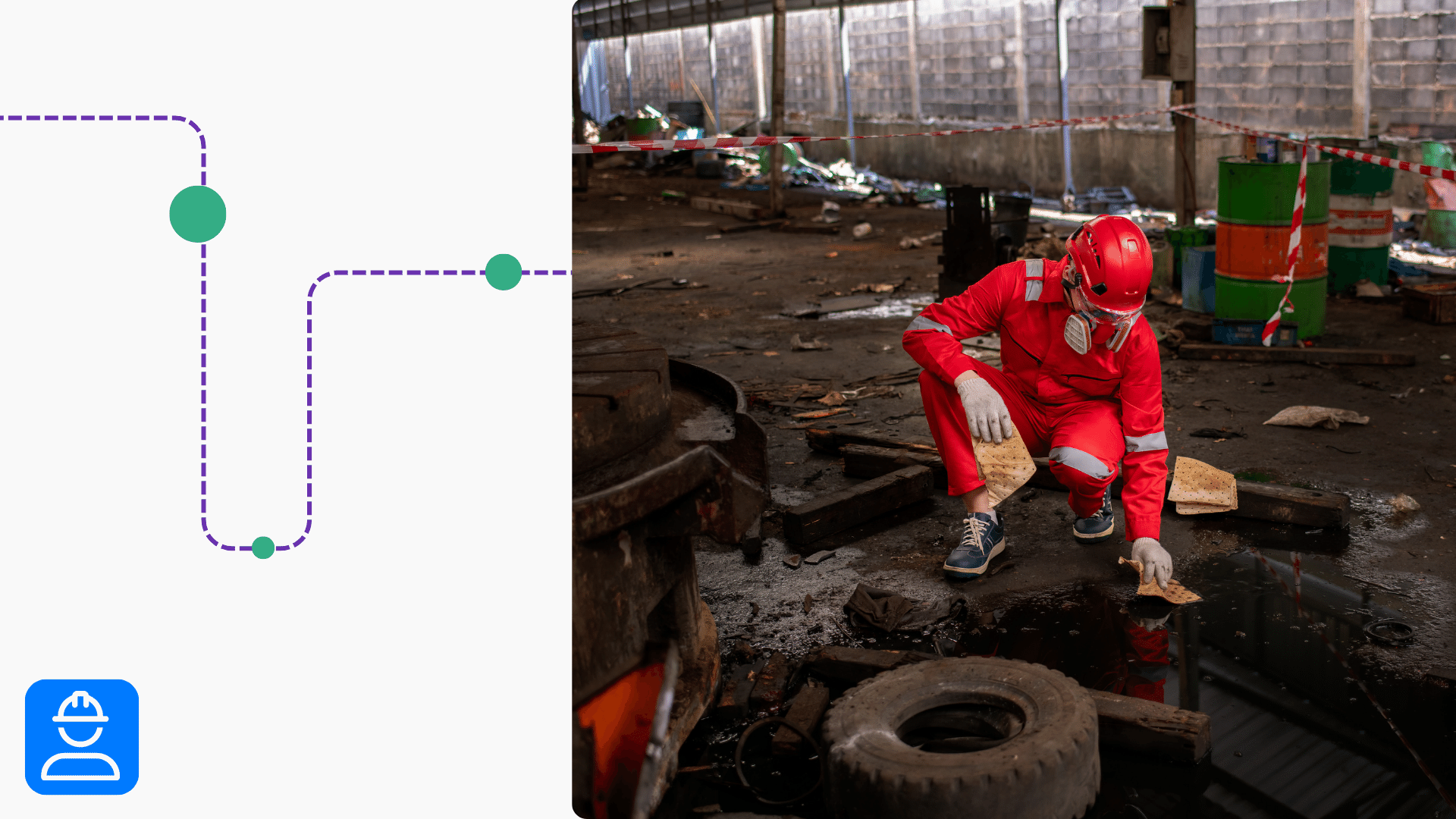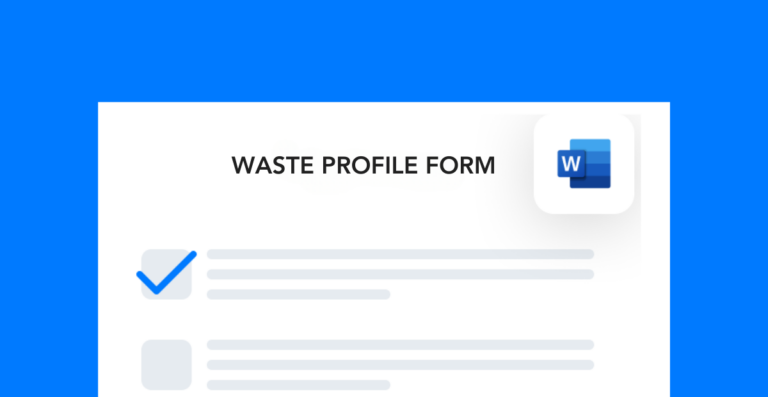Hazardous waste awareness is an essential component of any EHS program. Employees need to understand the dangers of working with waste and how they can help prevent incidents. With the right content, your awareness training can satisfy both OSHA and EPA requirements for safe waste management.
Free form!
Download this free form to complete a waste profile for the processes within your facility. Keeping track of these profiles enhances awareness of hazardous waste issues at your site.
What to include in the training
OSHA requires you to deliver process-specific safety training to all employees. Specifically, this requirement includes hazardous waste handling and disposal because of its potential impact on health and safety.
Here’s an example outline of what you might include in the hazardous waste awareness training:
- Types of waste generators according to the EPA (and which one you are)
- Definition and types of hazardous waste
- Guidelines for handling and storage of waste materials
- Choosing the right container for waste and properly labeling it
- Required waste disposal documentation
- Emergency response procedures for waste-related spills, explosions, etc.
The best practice is to provide real life simulations and examples of waste management incidents that might happen. For example, you could have workers practice cleaning up a chemical spill or teach them about historical process safety incidents. This way, you foster hazardous waste awareness among your team.
You should also test retention of the material after the initial training. Basically, a good way to do this is to schedule follow-ups with workers who recently completed training. This ensures ongoing awareness of hazardous waste management. Of course, the more employees you have, the harder it is to do. But if you’re working with small teams or class sizes, follow-up can go a long way in maintaining site awareness of hazmat incident risks.
Hazardous waste awareness quiz
Take this quiz to test your knowledge of general hazardous waste awareness topics. After you finish the questions, you’ll be able to see the correct quiz answers.
This quiz comes directly from the Frontline LMS content library. You can also check out the training page for some more examples of ready-made courses within the system.
Documenting hazardous waste training
For compliance purposes, you should keep detailed records of all hazardous waste training activities. For instance, digital spreadsheet or learning management system is a great way to do this. Not only does documentation allow you to provide evidence of compliance, but it’s also essential for internal process improvement for hazardous waste awareness.
For example, if you have recurring safety issues with a certain hazardous waste process or material, deep dive training records to figure out why. Is the training not comprehensive enough? Do employees retain the information they learn? When was the last time you updated the content or hosted a refresher course? These evaluations are crucial for maintaining awareness of hazardous waste problems and improving your EHS programs.
All this information can help you maintain hazardous waste awareness at your site or facility. This means fewer EHS incidents and a better chance of implementing effective control measures for the future.





